Acetic Acid 80% Food Grade E260
Molecular formula: CH3COOH
This is Acetic acid 80% (Ethanoic acid) supplied in HDPE bottle.
USES
Non chemical weed killer
Acetic acid is a chemical reagent for the production of chemical compounds. The largest single use of acetic acid is in the production of vinyl acetate monomer, closely followed by acetic anhydride and ester production. The volume of acetic acid used in vinegar is comparatively small.
Bee Keeping
Fumigation with acetic acid will kill a wide range of pathogens including the causative agents of chalk brood, European foulbrood, Nosema and amoeba. It will also kill all stages of wax moth except pupae.
Vinegar
Vinegar is typically 4-18% acetic acid by mass. Vinegar is used directly as a condiment, and in the pickling of vegetables and other foods. Table vinegar tends to be more diluted (4% to 8% acetic acid), while commercial food pickling, in general, employs solutions that are more concentrated.
Use as solvent
Glacial acetic acid is an excellent polar protic solvent, as noted above. It is frequently used as a solvent for recrystallization to purify organic compounds. Acetic acid is used as a solvent in the production of terephthalic acid (TPA), the raw material for polyethylene terephthalate (PET).
Niche applications
Dilute solutions of acetic acids are also used as a stop bath during the development of photographic films, and in descaling agents to remove limescale from taps and kettles. In the clinical laboratory dilute acetic acid lyse red blood cells in order to facilitate microscopic examination
Uses
USES
Non chemical weed killer
Acetic acid is a chemical reagent for the production of chemical compounds. The largest single use of acetic acid is in the production of vinyl acetate monomer, closely followed by acetic anhydride and ester production. The volume of acetic acid used in vinegar is comparatively small.
Bee Keeping
Fumigation with acetic acid will kill a wide range of pathogens including the causative agents of chalk brood, European foulbrood, Nosema and amoeba. It will also kill all stages of wax moth except pupae.
Vinegar
Vinegar is typically 4-18% acetic acid by mass. Vinegar is used directly as a condiment, and in the pickling of vegetables and other foods. Table vinegar tends to be more diluted (4% to 8% acetic acid), while commercial food pickling, in general, employs solutions that are more concentrated.
Use as solvent
Glacial acetic acid is an excellent polar protic solvent, as noted above. It is frequently used as a solvent for recrystallization to purify organic compounds. Acetic acid is used as a solvent in the production of terephthalic acid (TPA), the raw material for polyethylene terephthalate (PET).
Niche applications
Dilute solutions of acetic acids are also used as a stop bath during the development of photographic films, and in descaling agents to remove limescale from taps and kettles. In the clinical laboratory dilute acetic acid lyse red blood cells in order to facilitate microscopic examination
Hazard Statements
Hazard Statements
H226 Flammable liquid and vapor.
H314 Causes severe skin burns and eye damage.
Precautionary Statements
P210 Keep away from heat, hot surfaces, sparks, open flames and
other ignition sources. No smoking.
P233 Keep container tightly closed.
P240 Ground and bond container and receiving equipment.
P280 Wear protective gloves/ protective clothing/ eye protection/ face
protection.
P303 + P361 + P353 IF ON SKIN (or hair): Take off immediately all contaminated
clothing. Rinse skin with water.
P305 + P351 + P338 IF IN EYES: Rinse cautiously with water for several minutes.
Remove contact lenses, if present and easy to do. Continue
rinsing.
Supplemental Hazard
Statements
none
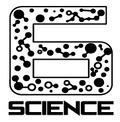
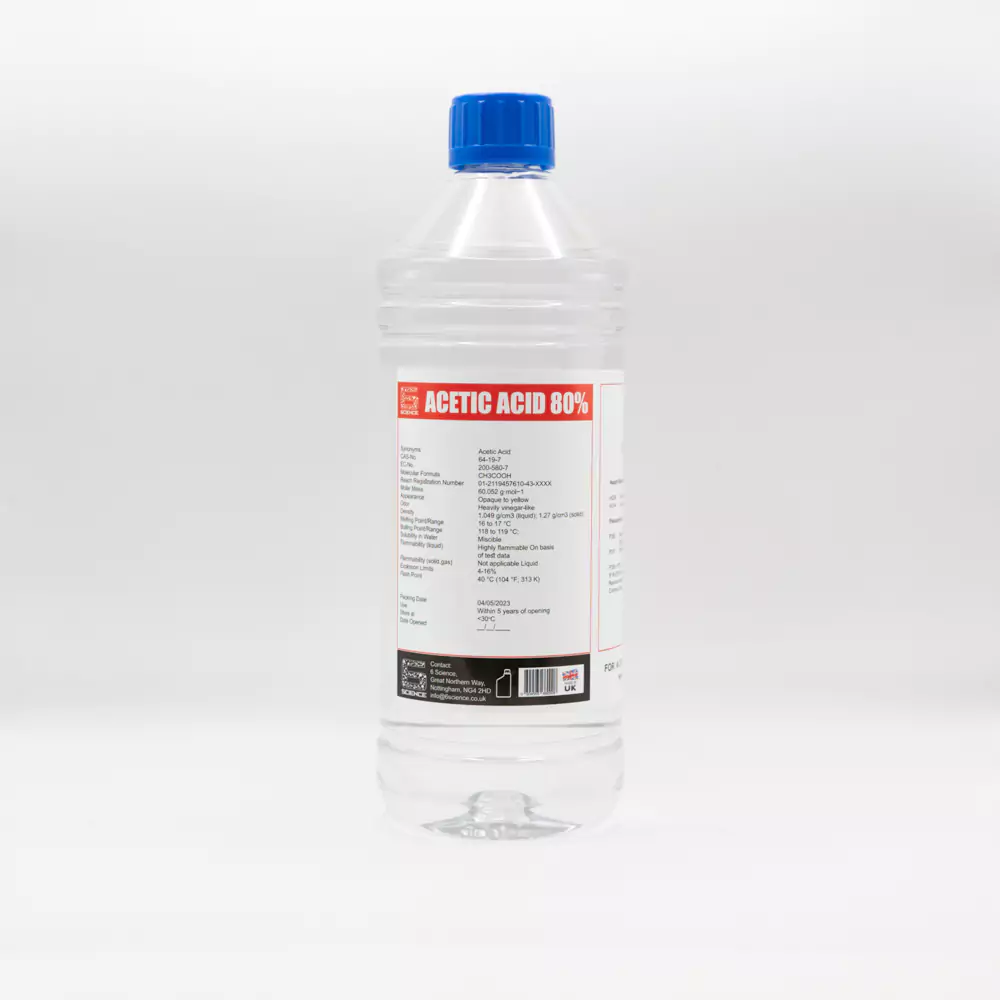
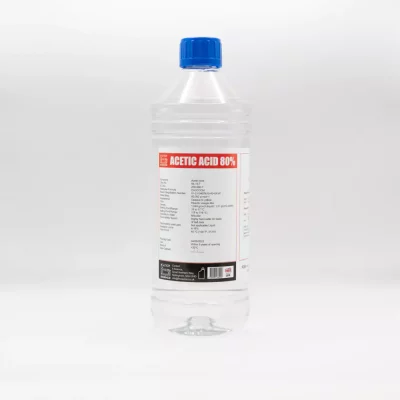
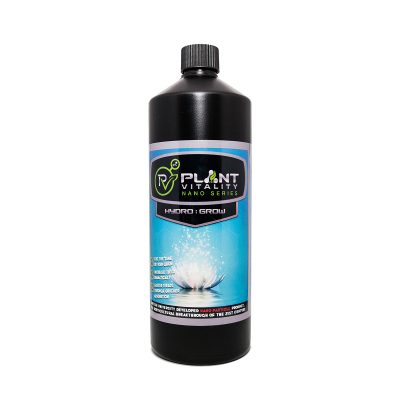
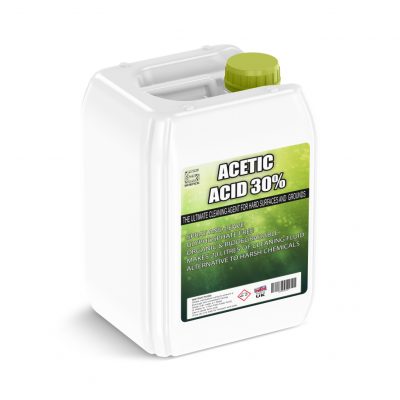
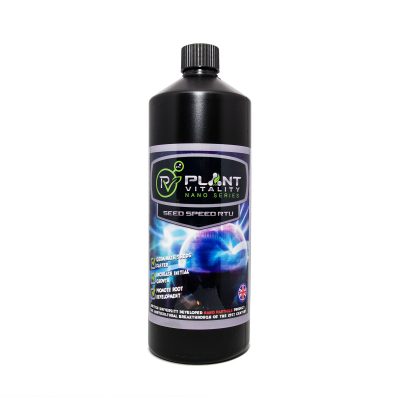
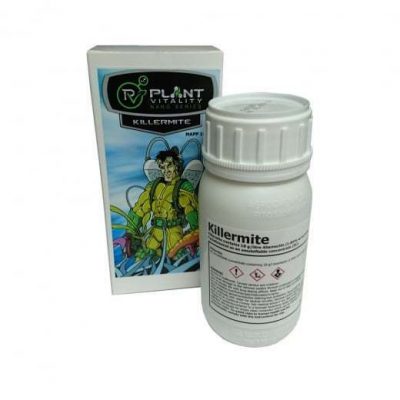
Reviews
There are no reviews yet.